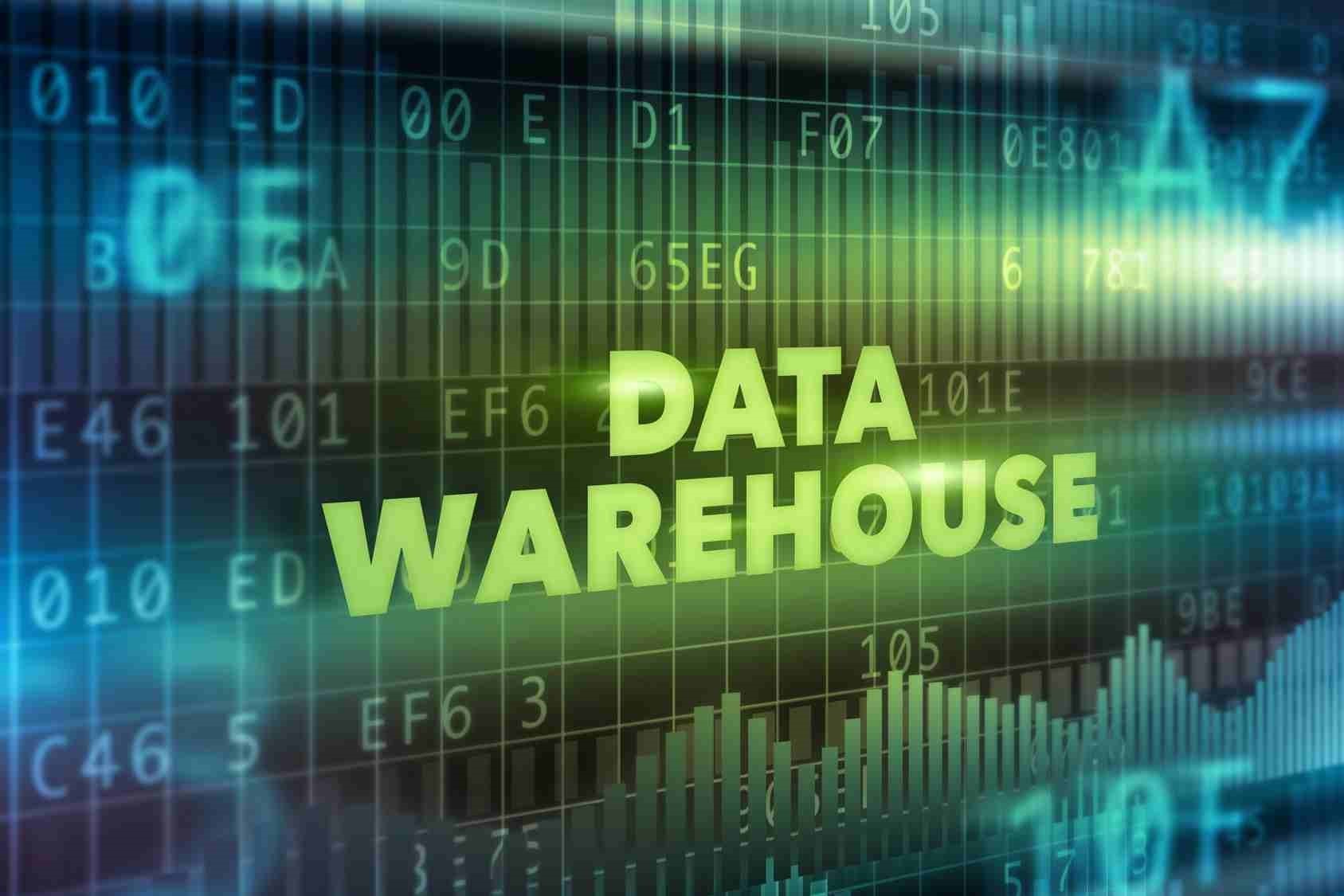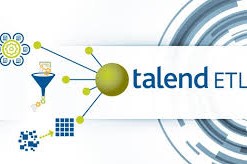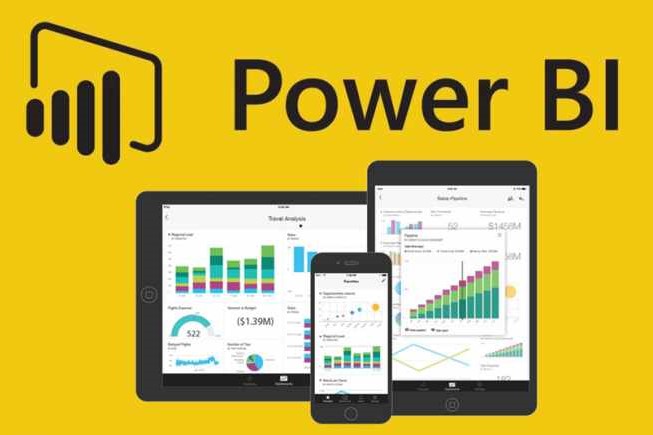Course Information
- Course Price $250
- Total Students 800+
- Course Duration 4 Weeks
Description
A data warehouse is a database designed to modify business intelligence activities: it exists to assist users perceive and enhance their organization’s performance. it’s designed for query and analysis instead of for transaction process, and typically contains historical knowledge derived from transaction information, however will include data from alternative sources. data warehouses separate analysis employment from transaction work and alter a company to consolidate knowledge from many sources. Data warehouses are distinct from on-line transaction process (OLTP) systems. With a data warehouse you separate analysis work from transaction workload. so, data warehouses area unit greatly read-oriented systems. they need a way higher quantity of information reading versus writing and change. this allows much better analytical performance and avoids impacting your transaction systems. Warehouse system may be optimized to consolidate data from several sources to realize a key goal: it becomes your organization’s “single source of truth”. there’s nice worth in having a homogenous source of information that each one user will look to, it prevents several disputes and enhances decision-making potency.
Benefits
- A data mart serves the same role as a data warehouse, but it is intentionally limited in scope.
- It may serve one particular department or line of business. The advantage of a data mart versus a data warehouse is that it can be created much faster due to its limited coverage.
- However, data marts also create problems with inconsistency.
- It takes tight discipline to keep data and calculation definitions consistent across data marts. This problem has been widely recognized, so data marts exist in two styles.
- Independent data marts are those which are fed directly from source data. They can turn into islands of inconsistent information. Dependent data marts are fed from an existing data warehouse.
- Dependent data marts can avoid the problems of inconsistency, but they require that an enterprise-level data warehouse already exist.
Syllabus
- Who needs Data warehouse?
- Why Data warehouse is required
- OLTP
- DSS
- Data warehousing Life cycle
- Data warehousing Testing Ute cycle
- Source
- Integration Layer
- Staging area
- Targets
- Analysis & Reporting
- HPQS
- Introduction
- Different Phases of Modelling
- What is a Dimension
- What are Facts
- Multi-Dimensional Model
- Hierarchies
- OLAP
- MOLAP
- ROLAP
- HOLAP
- Cubes and its Functions
- Star Schema
- Fact table
- Dimensional tables
- Snowflake schema
- Fact less Fact table
- Confirmed Dimensions
- Forward Engineering
- Reverse Engineering
- Update Model, Alter database
- Complete compare





